NASA Hubble News
Here you will find Hubble's latest discoveries and its most recent images. You can also explore Hubble's archive of older image and science releases.
Search Hubble News
Type

Using new observations from NASA’s Hubble Space Telescope and ground-based observatories, astronomers tracked the influence of a recently discovered companion…

This artist’s concept shows the red supergiant star Betelgeuse and an orbiting companion star. The companion, which is orbiting clockwise…

Scientists used NASA’s Hubble Space Telescope to look for evidence of a wake being generated by a companion star orbiting…
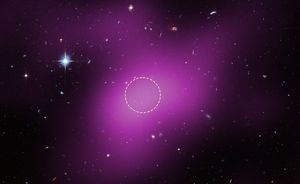
A team using NASA’s Hubble Space Telescope has uncovered a new type of astronomical object — a starless, gas-rich, dark-matter…

Magenta is radio data from the ground-based Very Large Array (VLA) showing the presence of Cloud-9. The dashed circle marks…

This is an annotated composite image of Cloud-9, a Reionization-Limited H I Cloud (RELHIC), as captured by the Hubble Space…

This annotated video shows the location of Cloud-9 on the sky. As the video zooms into this gas-rich, dark-matter cloud,…

Astronomers using NASA’s Hubble Space Telescope have imaged the largest protoplanetary disk ever observed circling a young star. For the…

This Hubble Space Telescope image shows the largest planet-forming disk ever observed around a young star. It spans nearly 400…

Image of Dracula's Chivito captured by Hubble's WFC3 instrument, with compass arrows, scale bar, and color key for reference.

A sideways spiral galaxy shines in this NASA/ESA Hubble Space Telescope image. Located about 60 million light-years away in the…

Like a game of cosmic bumper cars, scientists think the early days of our solar system were a time of…
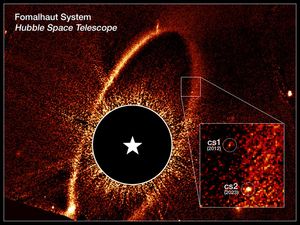
This composite Hubble Space Telescope image shows the debris ring and dust clouds cs1 and cs2 around the star Fomalhaut.…

This artist’s concept shows the sequence of events leading up to the creation of dust cloud cs2 around the star…

Hubble captured the violent collision of two massive objects around the star Fomalhaut. This extraordinary event is unlike anything in…
Information
Media Resources
Need to talk to our communication's team? Need b-roll for the documentary your making? This page helps you find the Hubble media information you need.
Find Media Information about Media Resources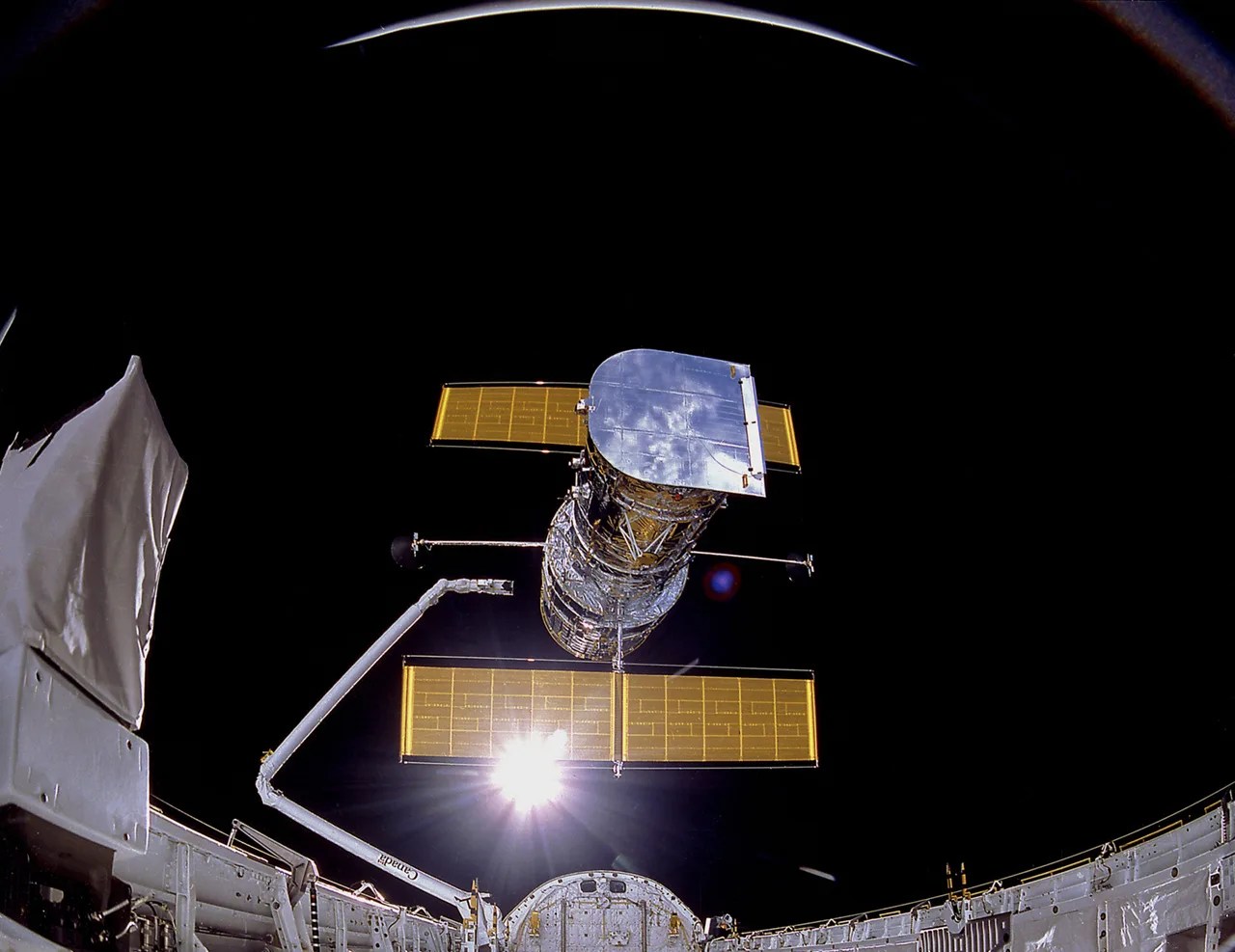































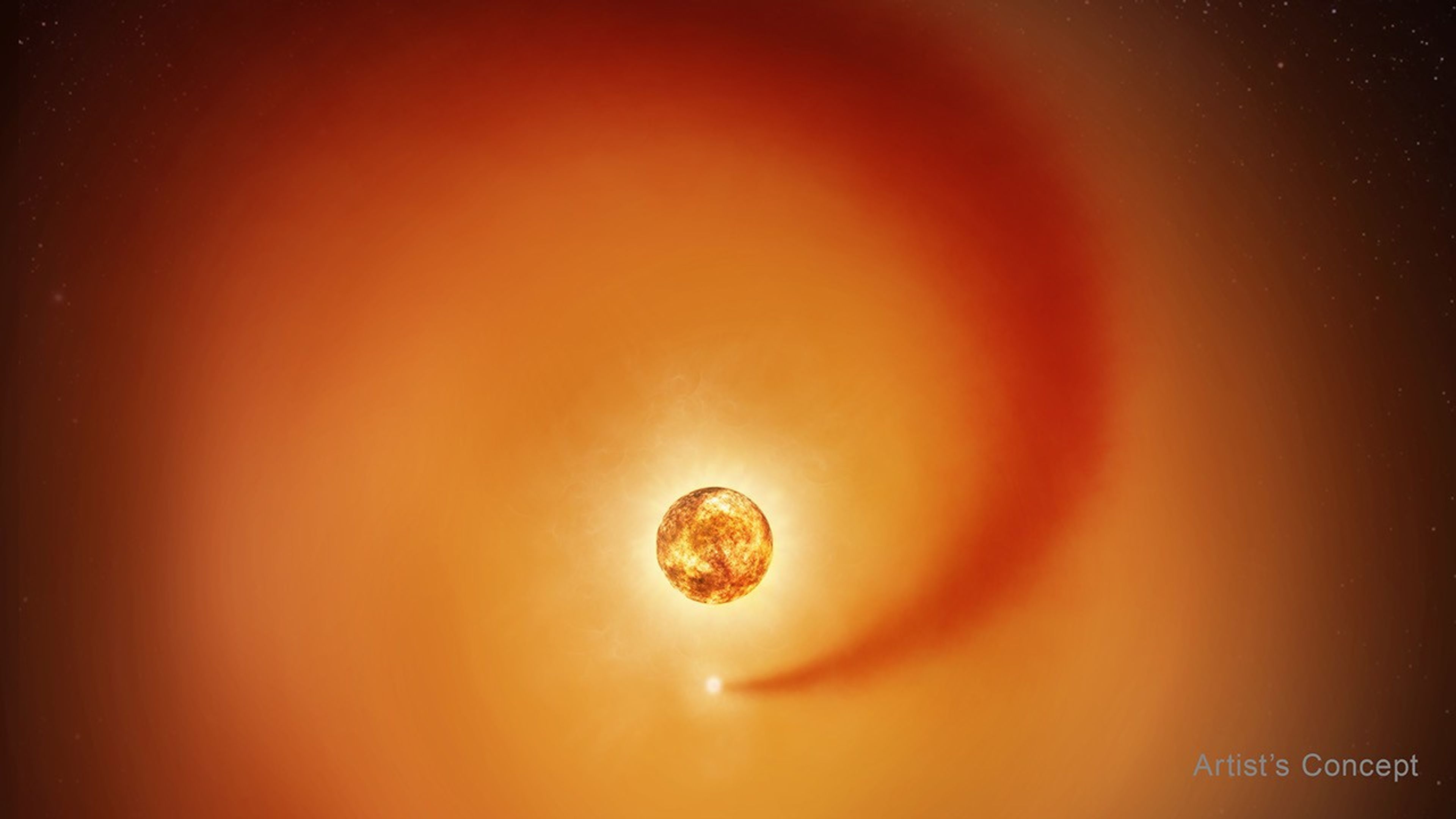
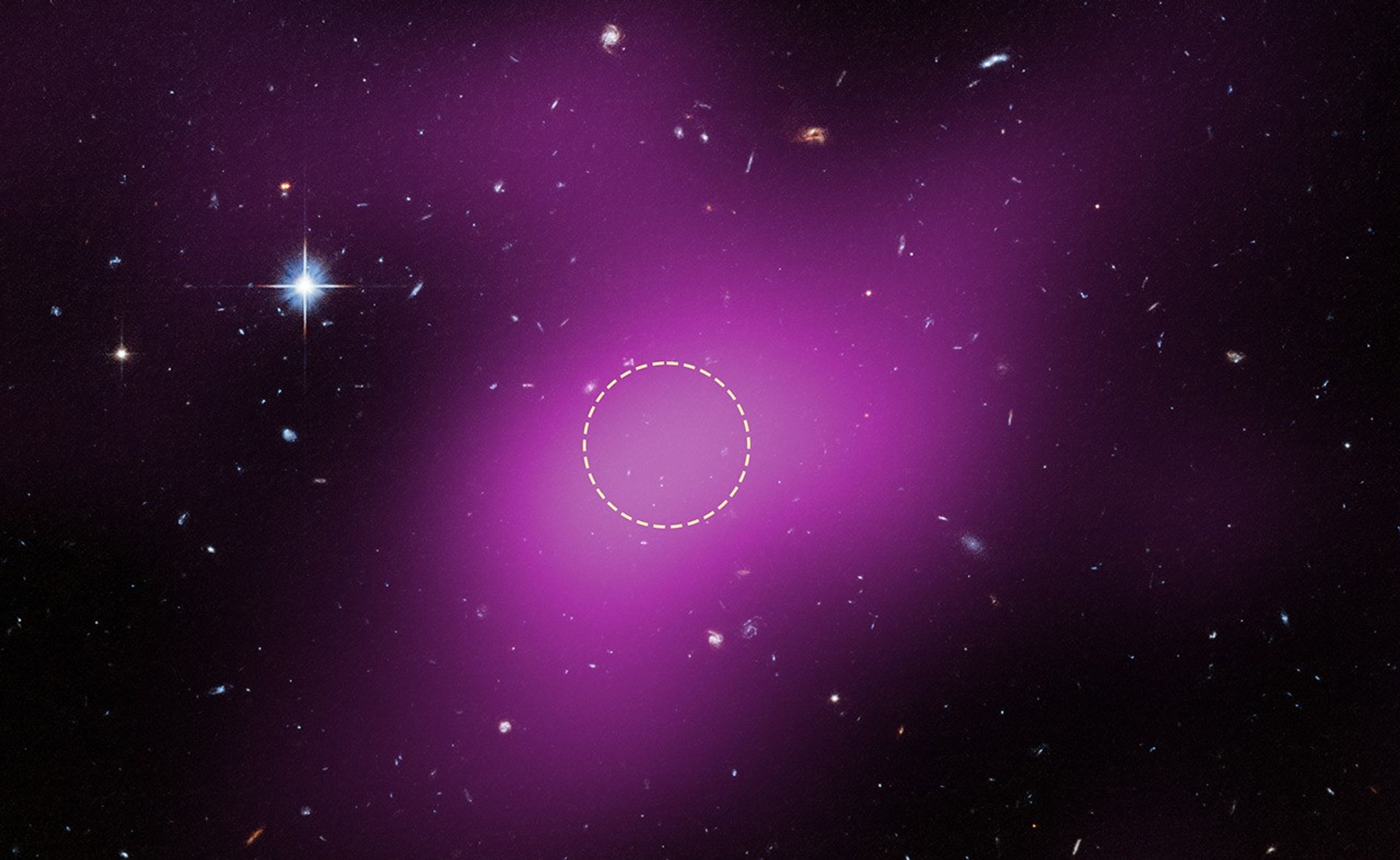
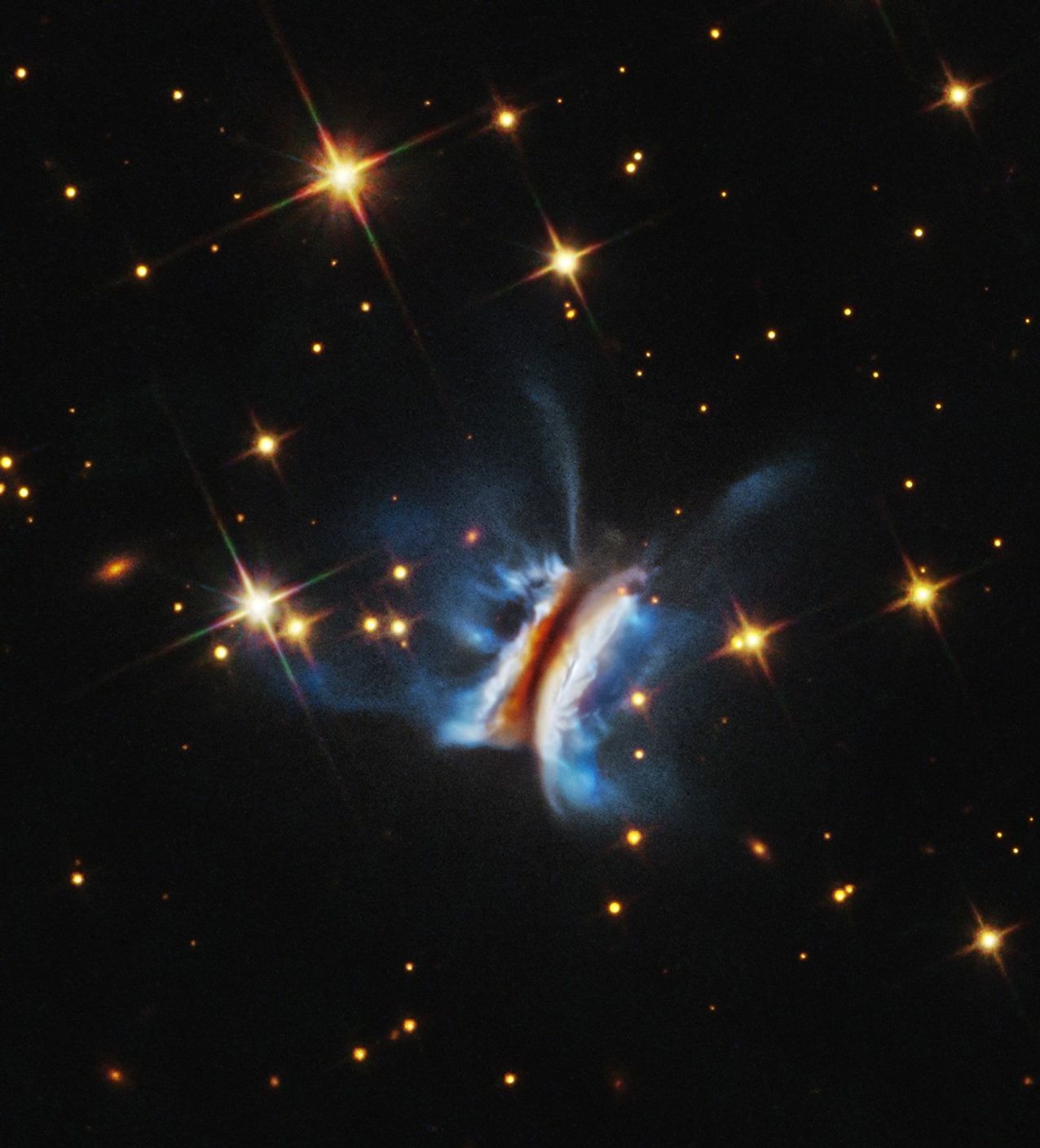





Hubble
Social Media
These accounts represent NASA's Hubble Space Telescope on social media and follow the agency's policies and guidelines. Find the ones that match your interests and begin exploring!
Explore Social Media about Social Media